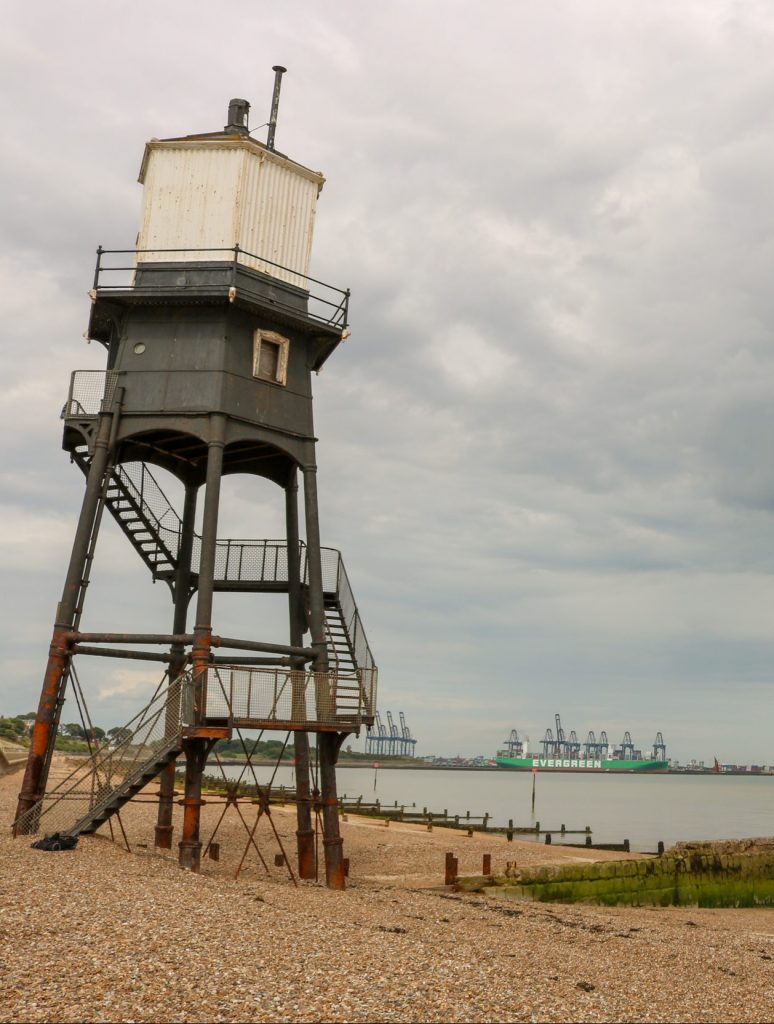A supplementary structural survey has begun this week on the Dovercourt Leading Lighthouses and Causeway after Tendring District Council (TDC) accepted funding from Historic England.
The Victorian structures – also known as the Leading Lights – guided ships around the deep-water Harwich peninsular until 1917 and are of historical significance as they are believed to be the only remaining pair of iron leading lights in England.
The aim of this survey is to assess the condition of the unsighted legs that are hidden deep beneath the sand to establish what works would be required to preserve these historic structures.
This follows a series of surveys completed in 2023 by a range of specialists, including conservation engineers, ecologists, architectural historians, and corrosion consultants, who thankfully found no emergency issues for these scheduled ancient monuments.
Peter Kotz, TDC Cabinet Member for Assets, said he was keen for the survey to get underway.
“We are delighted Historic England has supported this further study that brings us closer to restoring these iconic structures,” Councillor Kotz said.
“The Dovercourt Leading Lighthouse Restoration is listed within TDC’s Heritage Strategy and fundraising for this is a key aim in our Corporate Plan that aligns with promoting Tendring’s heritage offer.
“We would like to thank everyone who has engaged with our consultations on the Leading Lighthouses, which provided an overwhelming demonstration of how this famous landmark on the Harwich coast is both highly regarded and desirable as a tourist attraction. We will be exploring a wider consultation as the project progresses.”
Historic England’s Repair Grants for Heritage at Risk will provide £47,440 for specialist engineers to continue the structural and condition work on the Dovercourt Leading Lighthouses and Causeway. The additional £5,272 costs will be funded by monies remaining from the underspend of the structural survey performed last year; funded by the National Heritage Lottery Fund.
Tony Calladine, East Regional Director, Historic England, said: “By supporting the survey work on the Dovercourt Lighthouses and Causeway we are proud to contribute to the safeguarding of these historic assets for people to enjoy, whilst maintaining a reminder of Harwich’s important naval and seafaring past, and the local area’s charming historic character.”

